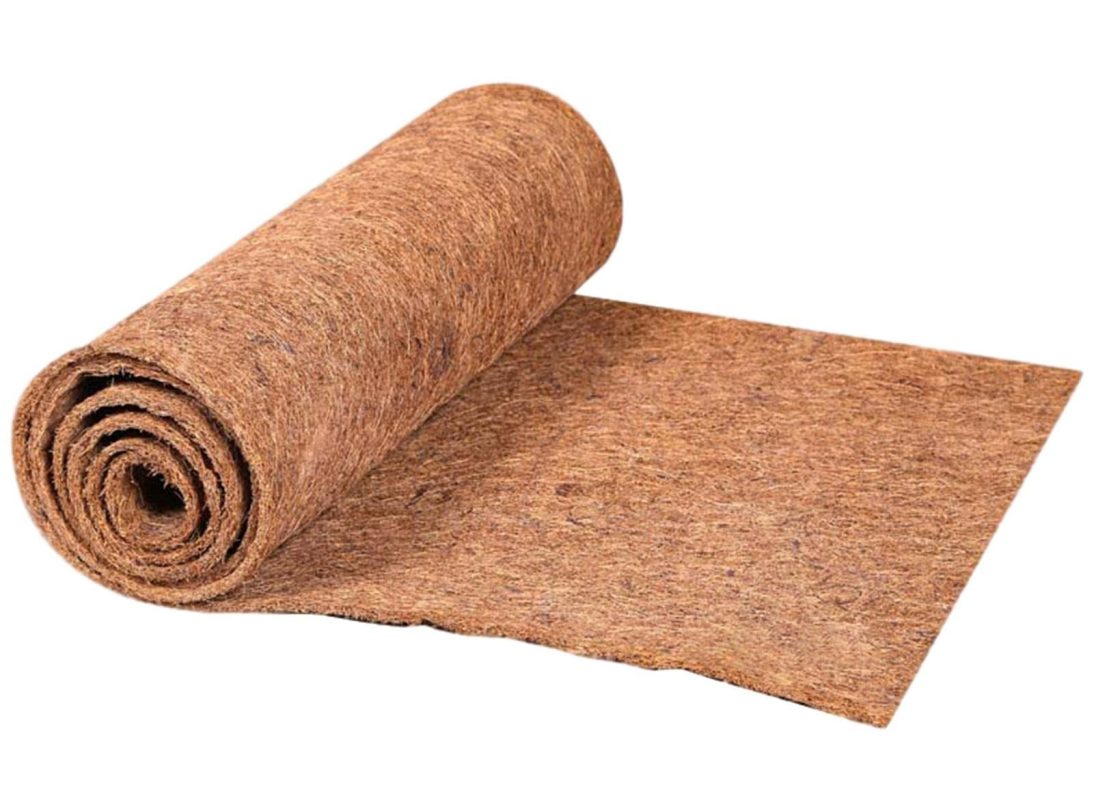YETRAC
Coir: The Versatile Coconut Fiber
Coir: The Versatile Coconut Fiber
Coir, a Natural Wonder
Coir, derived from the husk of coconuts, is a versatile natural fiber celebrated for its diverse applications and eco-friendliness. In this article, we’ll delve into the various uses and properties of coir, exploring why it has earned the reputation of being a sustainable alternative with remarkable qualities.
Historical Roots of Coir: Nature’s Rope
From Ancient Roots to Modern Applications
The term “coir” finds its origin in Tamil and Malayalam words, “கயிறு” (kayiru) and “കയർ” (kayar), both referring to cord or rope. The ancient use of coir dates back to the Austronesian people, who first domesticated coconuts and crafted ropes and sennit for building houses and boats. The history of coir is intertwined with navigation, with Indian and Arab sailors employing it for ship ropes in their voyages to regions like Malaya, China, and the Persian Gulf.
Composition and Processing: The Coir Journey
From Fiber Cells to Versatile Material
Coir fibers are nestled between the tough inner coconut shell and the outer coat. Initially pale, they later harden and yellow as lignin deposits on their walls. Brown coir, sourced from fully ripened coconuts, boasts remarkable strength and abrasion resistance, making it ideal for mats, brushes, and sacks. White coir, derived from unripe coconuts, is whiter and finer but less robust, and it’s commonly used in rope production and fishing nets due to its resistance to saltwater.
The processing of coir involves various steps, including the separation of long bristle fibers from short mattress fibers in a process known as wet-milling. Coir is also used in hydroponics, as a growing medium for mushrooms, and as a substrate for reptile or arachnid terrariums.
Diverse Applications of Coir: From Ropes to Mattresses
Versatility in Modern Uses
Coir’s versatility extends to applications like cordage, packaging, bedding, and flooring. Red coir is used in floor mats, brushes, mattresses, and even as upholstery padding in the automotive industry. White coir excels in rope production and making fishing nets, thanks to its resistance to saltwater.
In agriculture and horticulture, coir serves as an organic component in soil and potting mixes, providing a sustainable alternative to peat. Its water-holding capacity makes it a valuable soil-less substrate for plant cultivation. It’s used in hydroponic systems and as a terrarium substrate for reptiles and arachnids.
Construction Material and Biocontrol: Coir’s Many Facets
From Eco-Friendly Construction to Plant Disease Control
In construction, coir is valued for its eco-friendliness and thermal resistance. It can even enhance the compressive strength of concrete when partially replacing cement. Furthermore, coir waste, a byproduct of the coir fiber industry, is processed into coco peat products for horticultural, agricultural, and industrial purposes. Coco peat’s ability to hold water and air makes it a valuable soil conditioner.
Coir also plays a role in biocontrol, with coir pith cake (TCPC) being used successfully to control plant diseases.
Safety and Biosecurity: Considerations in Coir Handling
From Allergenicity to Biosecurity Risks
It’s important to note that coir can be allergenic and should be handled with care. Moreover, it can harbor organisms that pose biosecurity risks when imported into new countries.
Major Producers: India Leading the Way
Global Coir Fiber Production
India stands as the largest producer of coir fiber, accounting for 60% of the world’s white coir fiber supply, primarily from Kerala State. Sri Lanka, producing 36% of the world’s brown fiber output, remains the largest exporter of coir fiber and coir fiber-based products. Other significant producers include Vietnam, Thailand, and Ghana.
In conclusion, coir is a remarkable natural fiber with a wide range of applications and a rich history. Its eco-friendliness, versatility, and sustainability make it a valuable resource in various industries, from agriculture to construction. However, it’s essential to handle coir with care, considering potential allergenicity and biosecurity concerns.
Explore the world of coir, and you’ll discover a versatile and sustainable material with a bright future.

